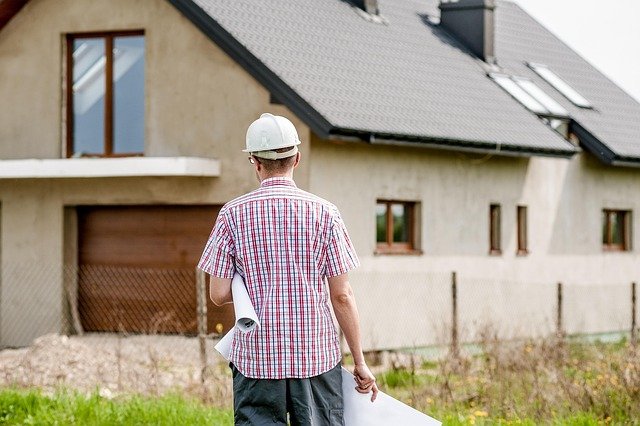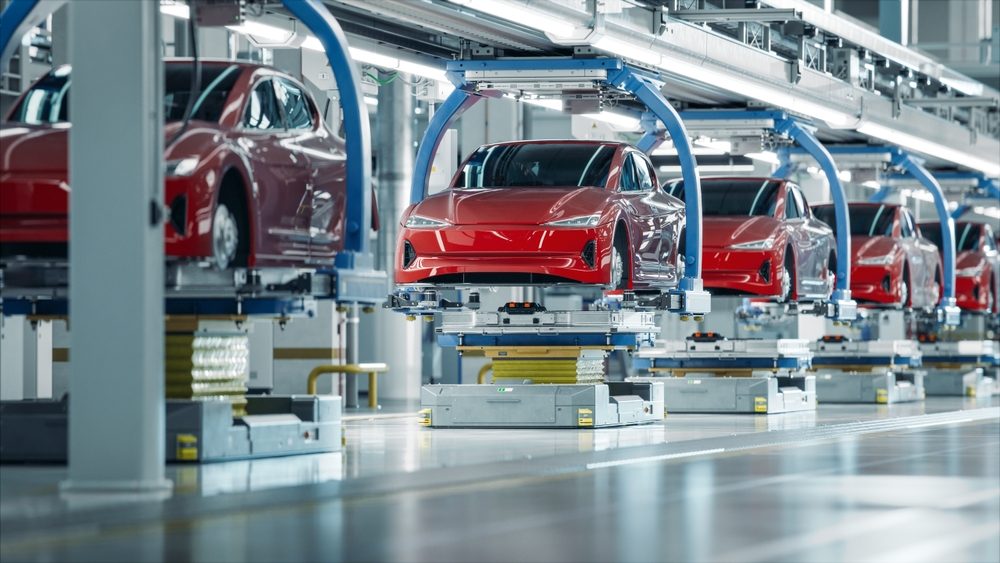Prefabricated Homes in Ireland: Sustainable and Practical Living
Prefabricated homes are becoming an increasingly popular option in Ireland, offering a balance between sustainability and practical living. These houses are manufactured off-site and then assembled on location, which can reduce construction time and waste. They also provide flexible design choices to suit different needs and budgets.

What Are Prefabricated Homes?
Prefabricated homes, often called prefab or modular homes, are dwellings manufactured off-site in sections or modules before being transported and assembled at their final location. Unlike traditional building methods that require extensive on-site construction, these homes are built in controlled factory environments where weather delays and other common construction issues are minimized. In Ireland, prefabricated construction typically involves timber frame structures, steel frame systems, or concrete panel systems that are engineered to meet or exceed Irish building regulations and energy efficiency standards.
The manufacturing process allows for precision engineering, resulting in buildings with excellent thermal performance and structural integrity. Once factory production is complete, the components are transported to the building site where they can be assembled in days or weeks rather than the months typically required for conventional construction.
Sustainability Benefits of Prefabricated Housing in Ireland
Sustainability represents one of the most compelling advantages of prefabricated homes in Ireland. The controlled factory environment significantly reduces construction waste—often by 30-40% compared to traditional building methods. Materials can be precisely ordered and cut, with scraps frequently recycled within the manufacturing facility.
Energy efficiency is another sustainability highlight. Prefabricated homes in Ireland are typically designed to meet or exceed current building regulations for thermal performance. Many manufacturers incorporate high-performance insulation, triple-glazed windows, and airtight construction techniques. This results in homes with excellent Building Energy Rating (BER) certificates, often achieving A-ratings that translate to lower heating costs and reduced carbon emissions throughout the building’s lifespan.
Additionally, the transportation impact is minimized through efficient logistics planning. Many Irish prefab manufacturers source materials locally where possible, further reducing the carbon footprint associated with construction. Some companies have even begun incorporating renewable materials and circular economy principles into their manufacturing processes.
Addressing Affordable Housing Ireland Through Prefabrication
The housing affordability crisis continues to challenge many Irish communities, with demand outstripping supply and construction costs rising. Prefabricated homes offer several economic advantages that position them as a potential solution for affordable housing Ireland initiatives.
The factory-based production method creates economies of scale that traditional building cannot match. Labor costs are typically lower due to the controlled environment and standardized processes. Construction times can be reduced by 30-50%, which significantly lowers financing costs during the building phase. These efficiencies don’t necessarily compromise quality—in fact, the precision manufacturing often results in higher-quality finishes and better structural integrity.
Several Irish local authorities have begun exploring prefabricated housing for social and affordable housing projects. The speed of delivery allows housing needs to be addressed more quickly than conventional construction would permit. For individual buyers, the predictability of costs and timelines makes the process less stressful and financially unpredictable than traditional building projects often are.
The Irish Prefabricated Homes Market
The prefabricated homes Ireland market has evolved considerably over the past decade. No longer limited to basic designs, today’s prefab homes range from compact starter homes to architecturally designed luxury properties. Irish manufacturers have significantly improved their offerings, competing with European counterparts in quality and design innovation.
Several factors have influenced this market development. Rising construction costs and labor shortages in traditional building have made prefabrication more attractive. Simultaneously, improved manufacturing techniques have addressed historical concerns about quality and longevity. Modern prefabricated homes in Ireland can be designed to last as long as traditionally built structures, with warranties and structural guarantees comparable to conventional housing.
The planning process for prefabricated homes follows the same requirements as traditional construction—full planning permission is required, and buildings must comply with all relevant building regulations. However, the speed of construction once permission is granted can significantly reduce the overall project timeline.
Cost Considerations for Prefabricated Housing
Understanding the financial aspects of prefabricated homes in Ireland requires examining several cost components. While prices vary based on design complexity, size, and specifications, there are some general benchmarks in the current market.
| Provider Type | Entry-Level Cost (per sq m) | Mid-Range Cost (per sq m) | Premium Cost (per sq m) |
|---|---|---|---|
| Irish Manufacturers | €1,500 - €1,800 | €1,800 - €2,200 | €2,200 - €3,000+ |
| European Imports | €1,700 - €2,000 | €2,000 - €2,500 | €2,500 - €3,500+ |
| Turnkey Solutions | €2,000 - €2,300 | €2,300 - €2,800 | €2,800 - €4,000+ |
Prices, rates, or cost estimates mentioned in this article are based on the latest available information but may change over time. Independent research is advised before making financial decisions.
These figures typically include the structure itself but may not include site preparation, foundations, utility connections, or finishing elements. Most Irish prefab manufacturers offer various packages ranging from basic shell structures to fully finished turnkey homes. Additional costs to consider include site purchase, planning permission fees, site preparation, utility connections, and landscaping.
Financing prefabricated homes has become easier as Irish banks and lending institutions have grown more familiar with the construction method. However, payment structures often differ from traditional construction loans, with larger upfront payments typically required to cover factory production before delivery to the site.
The Future of Prefabricated Homes in Ireland
The outlook for prefabricated housing in Ireland appears promising as the construction industry addresses sustainability requirements and housing shortages simultaneously. Government policies supporting modern methods of construction may further accelerate adoption. The recently announced Housing for All strategy specifically mentions off-site construction as one solution to meeting ambitious housing targets.
Technological advancements continue to improve the quality and capabilities of prefabricated construction. Digital design tools, automated manufacturing processes, and advanced materials are enabling more complex and customized prefabricated solutions. As these technologies mature, the distinction between prefabricated and traditional construction may become increasingly blurred from a consumer perspective.
For Ireland’s housing market, prefabricated homes represent not just an alternative but potentially a transformative approach that addresses multiple challenges—from environmental sustainability to housing affordability and construction efficiency—in one comprehensive solution.




